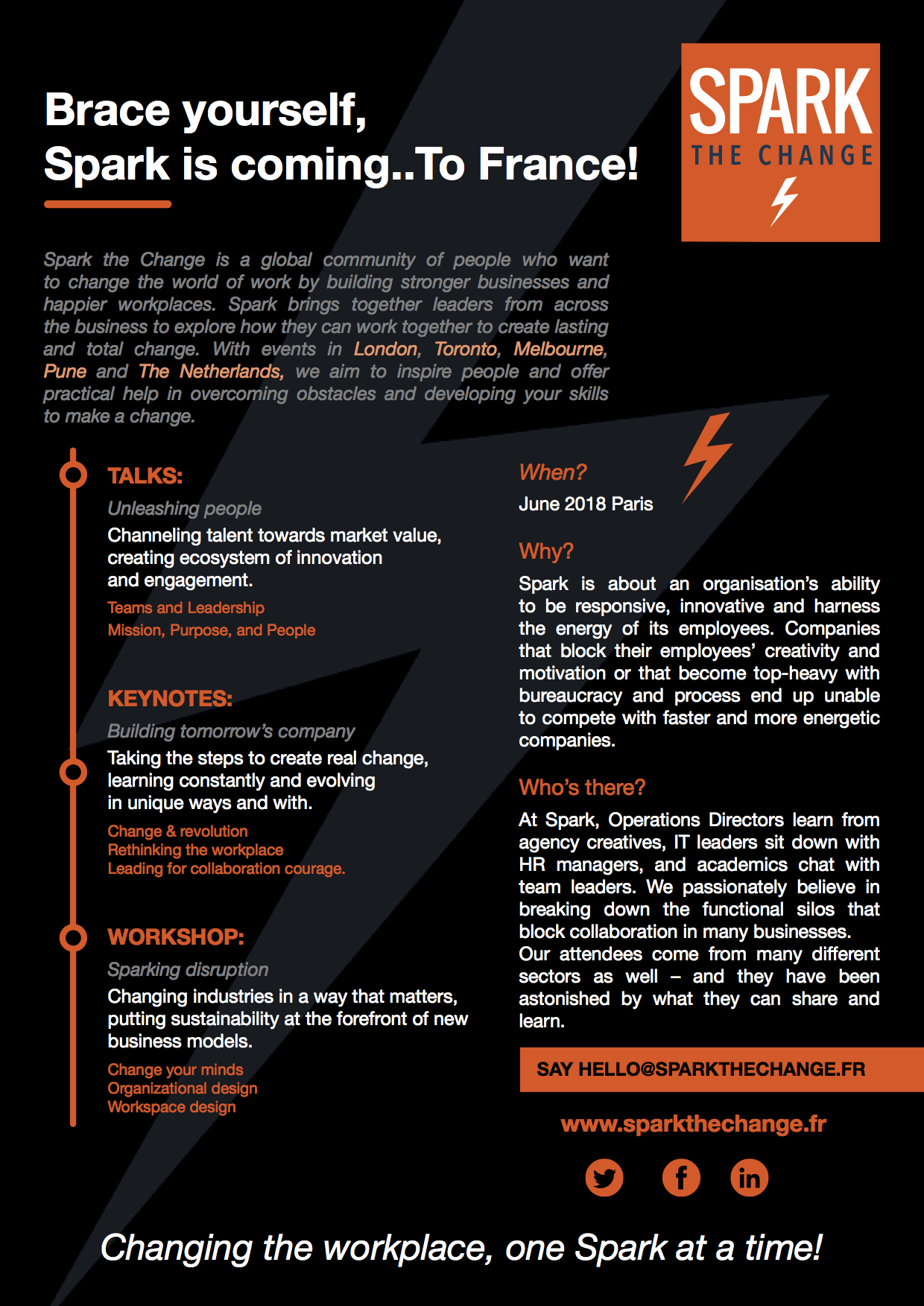
Some management consultants claim that you can’t change an organisation’s culture.
This is nonsense.
Numerous other management and change consultants claim they can change an organisation’s culture.
This too is nonsense.
You can change your organisation’s culture … from the inside.
Indeed, a leader’s responsibility includes Shaping their Organisation’s Culture.
I am going to share two successful stories of leaders driving change in their companies. On both occasions, I was engaged as an external consultant with the brief to co-design and facilitate the process and selected interventions.
Engineering Inc.
From a loss-making conflict-ridden environment where indifference and lack of trust reigned, to a profitable integrated company with engaged employees. The company is now a unit in a global corporation and a Centre of Competence for its product line.
The Situation: A new CEO had recently been appointed to a company which had changed owners 3 times and been making losses for 8 years. The environment was poisonous: chaotic production processes, cynical, continuous conflict with customers due to delivery and quality issues, abuse of the system by middle managers who themselves were not trusted by the production engineers and technicians. Closure was a possibility with 300 jobs at risk.
Changes and Process: Three new engineers were brought in to fill critical positions: Chief Engineer, Senior Project Manager, Site Manager. We conducted individual interviews with all managers, held focus groups at all levels, engaged the works council. Product demand fortunately was not an issue. Customer relations unfortunately were a serious problem. The CEO appealed for support. He laid out a clear strategy with a message of the environment and changes needed to continue operating. Changing the focus from inward (protectionist silos) to outward (the whole business with customer needs as focus) we used strength-based approaches to realign around real business Questions, whereby employees were invited to contribute. The production and logistics process was changed completely; skills deficits were alleviated; product design now involved production; the management team began to work as an integrated unit; employees wanted to contribute to improvements. Three middle managers who resisted the changes were forced to leave. Additional jobs were created in production as demand rose. Within two years, the site was making a profit.
Key Change Success Factors: The need: without change, the company was in serious danger of closing. Leadership: A driven leader who everybody trusted – he was visible, approachable and walked the talk. His messages were clear and he listened. Involvement: People learned not only that their contributions were desired, they experienced that the invitations they received were genuine.
Finance Inc.
From a small sleepy company in which employees had a lackadaisical approach to their work and customers, to a dynamic market leader whose customers praised service quality.
The Situation: A small specialist data processing company was acquired by a global corporation. A new CEO was installed together with two experts from the parent company. The environment was friendly and relaxed. There was little engagement, people worked with an eye on the clock, problems were referred to management, error rates were high, clients were irritated.
Changes and Process: The new CEO laid out clear guidelines, expectations and his vision of potential opportunities. All employees were invited to play an active role in working groups that defined and implemented new more efficient practices and new customer interface processes. Customer orientation was prioritised. The two new specialists were appointed to lead functional units, otherwise, the only hierarchy was towards the CEO. Processes were defined, personal and team responsibility was expected, engagement levels improved significantly, the environment was noticeably more dynamic, problems were solved at the level at which they occurred, customer satisfaction indices increased dramatically. Within two years, the number of employees increased three-fold as new clients came on board.
Key Change Success Factors: Leadership, Trust and Recognition: Clear consistent Leadership; clear guidelines; employees felt valued and freer. Involvement: employees were able to see the impact of their contributions.
Culture is the continuously evolving dynamic interaction of the mindsets and gutsets of all the actors in the system. It is the Soul of the Organisation that drives the behaviours we observe.
In many if not the majority of organisations, observed behaviours reflect not the values of the people within the organisation, but those hidden values of the organisation as a system, frequently driven by inappropriate leadership. By inviting and encouraging the people to engage with the system, leaders can lead a change from a negative to generative culture. Indeed, this is their responsibility.
And in the fast changing world of the early 21st century, shaping an adaptable organisational culture is becoming a survival essential.
Yes … You Can … Change Your Organisation’s Culture!
By: Eric Lynn from CultureQs









